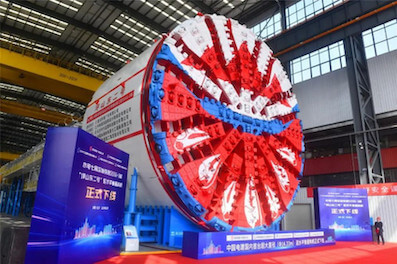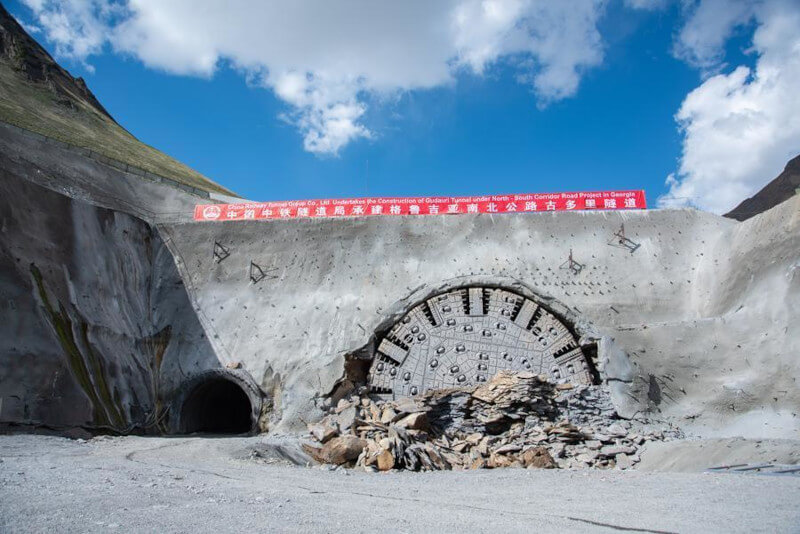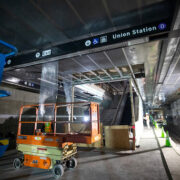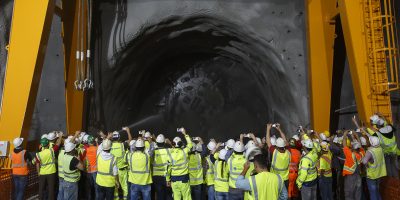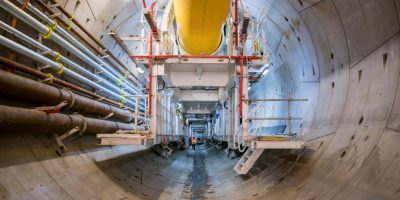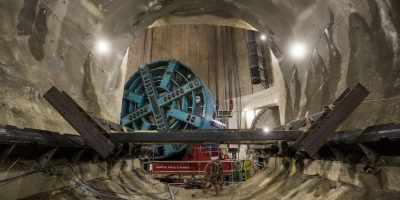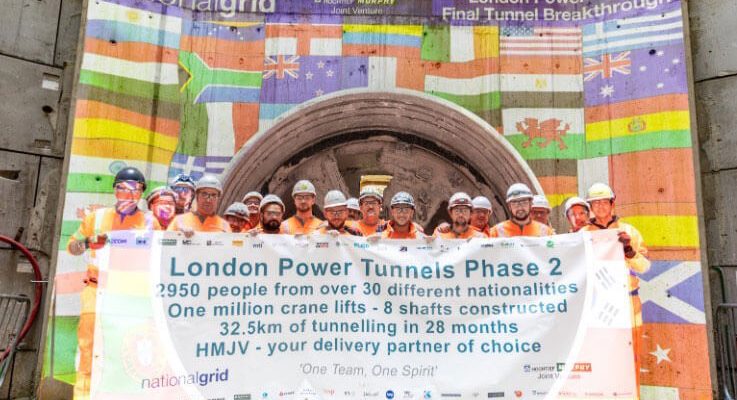
Following its final tunneling breakthrough at Eltham substation in Greenwich, the National Grid’s London Power Tunnels (LPT) project with EUR1.15 bn (GBP1 bn) value has achieved a major landmark on September 30th, 2023.
The 140-t TBMs Grace, which is the last machine of this project, on Saturday 30th September at Eltham site, excavated more than 11km eastwards from National Grid’s New Cross substation in Southwark.
While the location of all 32.5km of the project’s underground route is at depths of up to 60m beneath seven South London boroughs, currently they have been completed and installation of 200km worth of high voltage cable, that is enough to stretch from London to Cardiff, already is underway between substations at Wimbledon and Crayford.
In total the project will have shifted 900,000 t of earth with 99.98% of waste material diverted from landfill.
Considering that the demand in the capital grows, the LPT project’s newly installed transmission infrastructure is slated to be fully operational by 2026, with the aim of reinforcing and future-proofing London’s electricity network and supporting Britain’s transition to net zero.
The date of commencing construction of the tunnels was March 2020 with the tunneling works undertaken by National Grid’s delivery partner Hochtief-Murphy Joint Venture (HMJV).
Applying four TBMs named Christine, Caroline, Edith and Grace, the tunneling process on the LPT project was completed in three sections between existing National Grid substations – Wimbledon-New Cross (12km); New Cross-Hurst (18km); and Hurst-Crayford (2.5km).
Also breakthroughs previously took place at Eltham in June 2022 (TBM Christine tunneling from Hurst), Wimbledon in July 2022 (TBM Caroline tunneling from Kings Avenue), Crayford in January 2023 (Christine again tunneling from Hurst) and Kings Avenue in April 2023 (TBM Edith tunneling from New Cross).
In order to serving waypoints for the TBMs, five vertical shafts ranging between 9-15m in diameter and up to 55m in depth were constructed along the route, whereas they assist project teams safely access the tunnels for maintenance now and when operational in the future (headhouses will be built to cover the shafts for safe future use).
The Hurst substation site recently saw a world record-breaking pour of cement-free concrete to fill the base of its 55 m deep shaft following Christine’s two tunnel drives to Eltham and Crayford.
In another first for LPT, National Grid’s new Bengeworth Road substation on the tunnel route in Lambeth is being built free from greenhouse gas SF6 – the only one of its kind to date in Britain and part of National Grid’s ambition for its infrastructure to be SF6-free by 2050.
For more information about the LPT project please click here.


